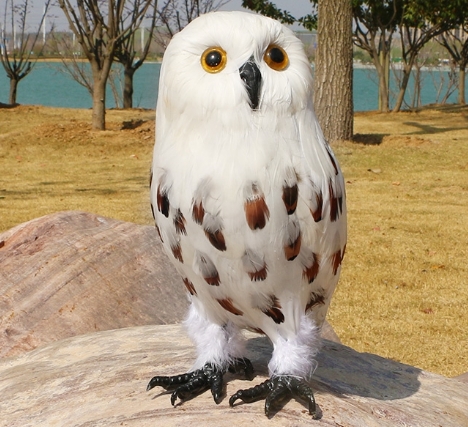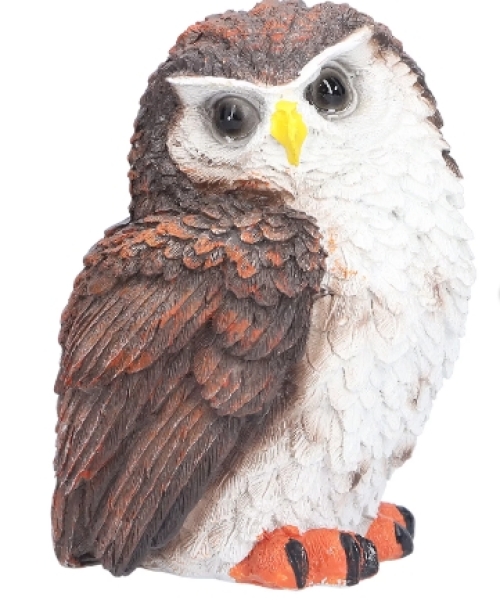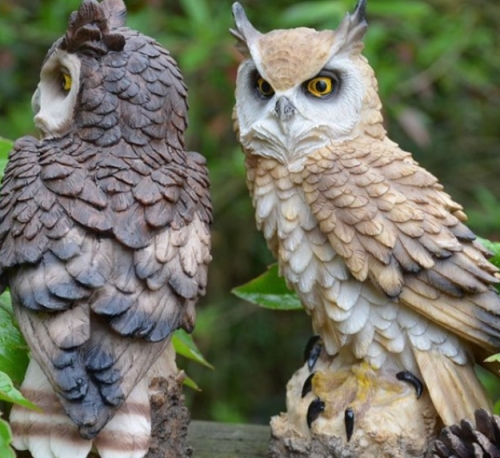Owls, as nocturnal birds of prey, are widely loved for their unique appearance and mysterious lifestyle. The owl model is not only a work of art, but also a powerful tool for education and research. By making and displaying owl models, we can better understand the characteristics and habits of this mysterious creature.
Owl models are often highly realistic, showing off their large, round eyes, broad wings and distinctive feather texture through careful detail. These models are used as teaching tools in school biology classes to help students learn more intuitively about the anatomy and ecology of birds. At the same time, by observing the model, students are able to understand the owl's important position in the ecosystem, such as its role as a predator and its contribution to the ecological balance.
In art, owl models are often used as a source of creative inspiration. Artists use different materials, such as ceramic, wood or metal, to create owl works in various forms, expressing love and awe for the natural world. These works of art are not only beautiful, but also arouse the audience's thinking about animal protection.
In short, the application of owl models in scientific education and artistic creation not only promotes respect for nature, but also inspires the public's concern for ecological protection. Through these models, we can gain a deeper understanding of the charm of this mysterious creature.














